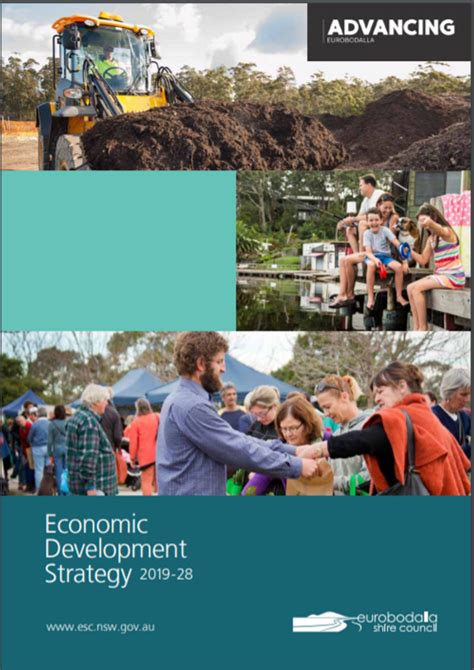The Shire in J.R.R. Tolkien’s Middle Earth has long been admired for its idyllic representation of rural life. It’s a place where Hobbits lead lives that seem to be free of the pressures found in our modern world. But upon closer inspection, this seemingly simple and peaceful society offers a complex and enriching debate on the intertwining aspects of economy, society, and even human nature. Many fans have pointed out inconsistencies or fanciful notions, but that’s precisely where its magic lies. The Shire isn’t just a utopian vision – it’s a lens through which we can view and critique both historical and contemporary societies.
A key factor in understanding the Shire is recognizing that it isn’t intended to be a literal prescription for a functioning society. It is, after all, part of a fantasy world. But the economic and social structures of Middle Earth, particularly the Shire, bring to light intriguing questions about how societies function and what they prioritize. For instance, one might argue that Hobbits, with their semi-magical abilities and different psychological makeup, are not directly comparable to humans. However, this distinction should not prevent us from drawing parallels and appreciating the learned lessons within.
The apparent lack of violence among Hobbits was a topic that spurred lively discussion among Tolkien enthusiasts. Several pointed out that Hobbits, unlike humans, exhibit a proclivity towards peaceful cohabitation, with conflicts erupting only under extreme circumstances, such as the corrupting influence of the One Ring. This raises an insightful comparison: in small, close-knit communities, where trust and familiarity are tenets of everyday life, instances of violence might indeed be rarer. Studies, like those referenced by RAINN and the National Crime Victimization Survey (NCVS), underline that most violence occurs between acquaintances rather than strangers.
An interesting point brought up in the conversations was the existence of hunter-gatherer Hobbits portrayed in the Amazon series. These earlier forms of Hobbit society perhaps suggest a more dynamic evolution where social norms and economic practices evolve in response to environmental changes and societal needs. As some commentators jokingly suggested, perhaps the Shire’s material wealth, like pots and textiles, was ‘magicked’ into existence from a mythical countryside imagined by Tolkien, a notion both fanciful and amusing.
The idea of distributism was another focal point. The Shire might reflect a distributist economy, a concept advocated by Chesterton and Belloc as a middle ground between capitalism and socialism. Distributism emphasizes a more localized, human-centric approach to the economy, where property and means of production are spread more evenly among the populace rather than being concentrated in the hands of a few. It’s a theory that could feasibly apply to the Shire, where land ownership and agricultural productivity seem well-distributed, fostering a strong community rather than stark economic divides seen in Capitalism.
Yet, this idealized vision triggers a realm of debate: Could technological advancements flourish in such a system? Many argue that economies of scale, industrialization, and centralized production are crucial for technological innovation. Thus, a purely distributist Shire-like society might struggle against more industrialized neighbors, potentially compelling them to maintain isolationism. This brings to mind the Hobbits’ reliance on external protection by Rangers, highlighting vulnerabilities in their otherwise utopian society.
In essence, discussions around the Shire reveal the intricacies of its socio-economic model. While some may dismiss its feasibility due to its fantastical elements, others see it as a reflection of a world where the pressures of industrialization, rampant capitalism, or political turmoil do not overshadow the simple pleasures of community, nature, and shared labor. It calls into question the values upon which we build our societies. Should we strive for efficiency and technological supremacy at all costs, or is there a middle ground that allows for technological progression while maintaining the core values seen in the Shire?
Tolkien’s work, whether intended or not, provides a valuable narrative for exploring these themes. Through the whimsical and the fantastical, it presents a critique of modern socio-economic systems and offers a glimpse into an alternative way of life that values human connection, sustainability, and shared wealth. As we continue to navigate through the complexities of our world, remembering the lessons of the Shire might offer just the inspiration we need to envision a more balanced and fulfilling future.


Leave a Reply